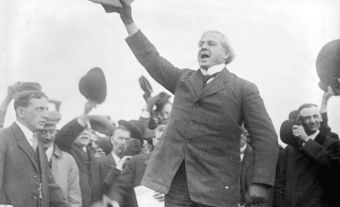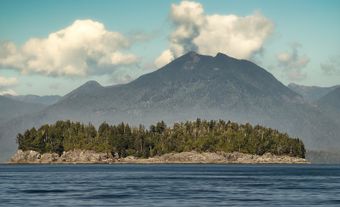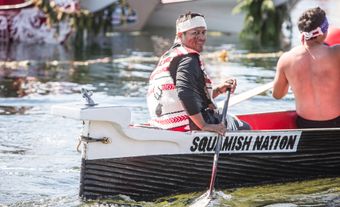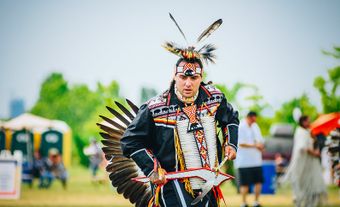Coquitlam, British Columbia, incorporated as a city in 1992, population 148,625 (2021 census), 139,284 (2016 census). The city of Coquitlam is located on the north bank of the Fraser River between Burnaby and New Westminster to the west and Port Coquitlam and Pitt Meadows to the east. Northwest and northeast Coquitlam include the lower slopes of the Eagle and Burke Mountains, with peaks up to 1,600 m high.
History
The earliest residents of this area were the Kwikwetlem of the Central Coast Salish. Coquitlam is derived from their name and means “small red salmon.” The name refers to the salmon that once travelled up the Coquitlam River to spawn in Coquitlam Lake. (See also Largest Cities in Canada with an Indigenous Name.) In 1889, the Ross, McLaren Mill (later Fraser Mills) was built. It was the most technologically advanced and the largest lumber mill operation of its kind. Coquitlam was incorporated as a district municipality in 1891. Beginning in 1909, a large contingent of French Canadians from the lumber industry in Quebec migrated to Maillardville, a historic community within Coquitlam.
Coquitlam was divided politically from Fraser Mills and Port Coquitlam, forming separate communities in 1913. Much of Fraser Mills was flooded in 1948. It has been part of Coquitlam since 1971. The Lougheed Highway opened in 1953, resulting in increased development. The Coquitlam Centre, a major regional mall, opened in 1979.
Economy and Government
The city is mainly residential but has some large industries, including sand and gravel producers, and concrete and asphalt manufacturers. Coquitlam is also a popular film location. Many people who work in the industry live in the city.
The city council consists of eight councillors and a mayor elected at large.
Cultural Life
Coquitlam Town Centre is the focal point for civic, cultural and educational services. There are numerous parks within the city. These parks include Mundy, the largest civic park, two regional parks (Minnekhada and Colony Farm), a regional park reserve (Widgeon Marsh) and the southern portion of Pinecone Burke Provincial Park.

 Share on Facebook
Share on Facebook Share on X
Share on X Share by Email
Share by Email Share on Google Classroom
Share on Google Classroom



